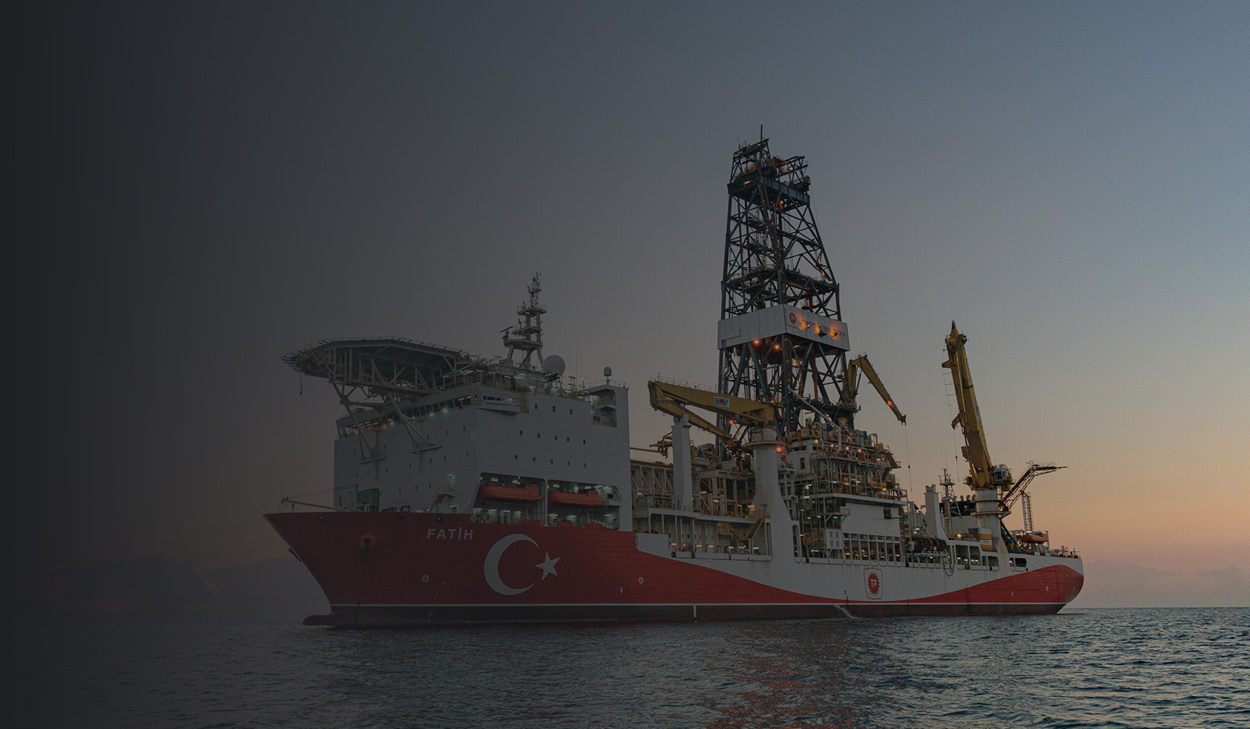While recent anti-lockdown protests, particularly in Europe, have not been substantially disruptive to public order or commercial operations, their potential adverse impact on public health, commercial and security environments should not be underestimated, writes Saif Islam.
Since August and September, there has been a resurgence in protests against government measures to contain the Covid-19 pandemic, which also coincides with a second wave of infections in several regions around the world, particularly in Europe. Demonstrations have been reported in multiple European countries. On 29 August, for instance, an estimated 30,000 people protested in Berlin. On 19 September, thousands of people gathered in London, some of whom clashed with the police after the latter tried to disperse them. Usually described as ‘anti-lockdown’ protesters, they have varying grievances and motivations, but are broadly united by their opposition to government restrictions on commercial activity and personal freedom.
Evolution of anti-lockdown protests
When governments across the world initially imposed strict lockdowns in March, most citizenries appeared supportive, or at least did not take to the streets to oppose them. As time went on, the personal, social, and economic impact of these restrictions started taking a toll. This led to growing discontent among those worse affected by the restrictions, resulting in public protests and demonstrations. By June-July, a decrease in infection and fatality rates in many countries, as well as mounting economic costs of lockdowns, prompted governments to start easing restrictions. However, this partly contributed to a second wave of infections, particularly in Europe. Authorities have been forced to reintroduce certain restrictions, which has culminated in protests in Germany, Italy, the UK, Switzerland, among other countries.
The majority of protesters are driven by socio-economic disgruntlement. European leaders signing a EUR 1.8 trillion stimulus deal in July has not alleviated people’s fears that government support is temporary, and that the ongoing recession will worsen if lockdowns continue. These factors, along with existing frustrations over a decade of economic stagnation, are fuelling their anti-establishment sentiment. A secondary, smaller group of protesters are mainly opposed to government-imposed restrictions – such as mandatory wearing of face masks or social distancing – as they believe such measures infringe on their personal freedoms and liberty. There are also protesters who are motivated by various conspiracy theories around Covid-19.
The majority of protesters are driven by socio-economic disgruntlement. Even though European leaders signed a historic stimulus deal worth USD two trillion in July, many people continue to struggle to rebuild their livelihoods.
Commercial and public health implications
The main implications of the protests concern public health. People gathering in public, often without masks, can spread the virus faster and more widely. This has economic implications, as infected employees or their family members take leave from work. Increased infections also compel governments to keep restrictions in place for longer, or reimpose some of the old ones. This is happening in Europe at present, delaying the full reopening of the economy. Conversely, anti-lockdown protests may also pressure governments into reopening economies too quickly. While this approach has short-term economic benefits, it is likely to lead to resurgence in infections, as seen in Europe and several US states recently.
There is also a threat of vandalism, sabotage or property damage fuelled by conspiracy theories. At present, conspiracy theorists remain on the fringes of anti-lockdown protests. However, they are increasingly taking advantage of public fatigue over governments’ slow progress in tackling the health crisis, and their desire for quick solutions. This is made worse by some opportunistic political leaders who have publicly supported misinformation and conspiracy theories. For example, there have been numerous attacks on phone masts, especially in Europe, by conspiracy theorists who believe 5G technology spreads Covid-19.
Similarly, the anti-vaccination movement – whose members are distrustful of both governments and pharmaceutical companies – has been gaining popularity during the pandemic. Some of these groups are not only spreading misinformation online, but are also harassing and threatening public health officials, especially in the US. Extremists within the anti-vaccination movement could potentially carry out physical attacks against pharmaceutical companies and vaccine centres if a Covid-19 vaccine becomes available, although the threat remains speculative at this stage. In more volatile jurisdictions, such as the DRC and Pakistan, there is a long precedent for attacks by armed groups against Ebola and polio workers, respectively.
Evolving security dynamics
Although most anti-lockdown protests have so far been peaceful, there remains an underlying threat of violence. If protesters gather in violation of social distancing rules, police sometimes have no option but to disperse and arrest them. This has resulted in clashes between protesters and security forces in recent weeks. These protests can exacerbate existing political frontiers too. In Israel, the government passed a new law in late September that bans mass demonstrations during the country’s ongoing second lockdown, which critics say is a ploy to end weekly protests against Prime Minister Benjamin Netanyahu. Several protest leaders condemned the law and continue to organise protests, which have resulted in multiple clashes between protesters and security forces.
Furthermore, the presence of far-right groups in some anti-lockdown protests heightens the threat of violence. For instance, in June, far-right demonstrators clashed with police in Rome; they threw bottles, stones and smoke bombs towards the police and journalists. During the 29 August protest in Berlin, far-right protesters attempted to storm the German parliament. Far-right white supremacist groups also staged several anti-lockdown protests in the US, and in one incident in late April, armed protesters stormed Michigan’s State House.
outlookThe protesters’ distrust towards government restrictions is not only due to their socio-economic dissatisfaction, but also significant uncertainty regarding the trajectory of this pandemic, which further fuels various conspiracy theories. Governments, on the other hand, are caught between addressing unprecedented public health and socio-economic concerns, while also trying to protect their own political interests. However, if infections continue to rise and threaten health infrastructure and capacities, they will inevitably have to maintain restrictions. This will lead to some unpopular decision-making and will sustain anti-lockdown and wider anti-government mobilisations over the coming weeks and months. |




 Email Saif
Email Saif





 @SRMInform
@SRMInform
 S-RM
S-RM
 hello@s-rminform.com
hello@s-rminform.com

